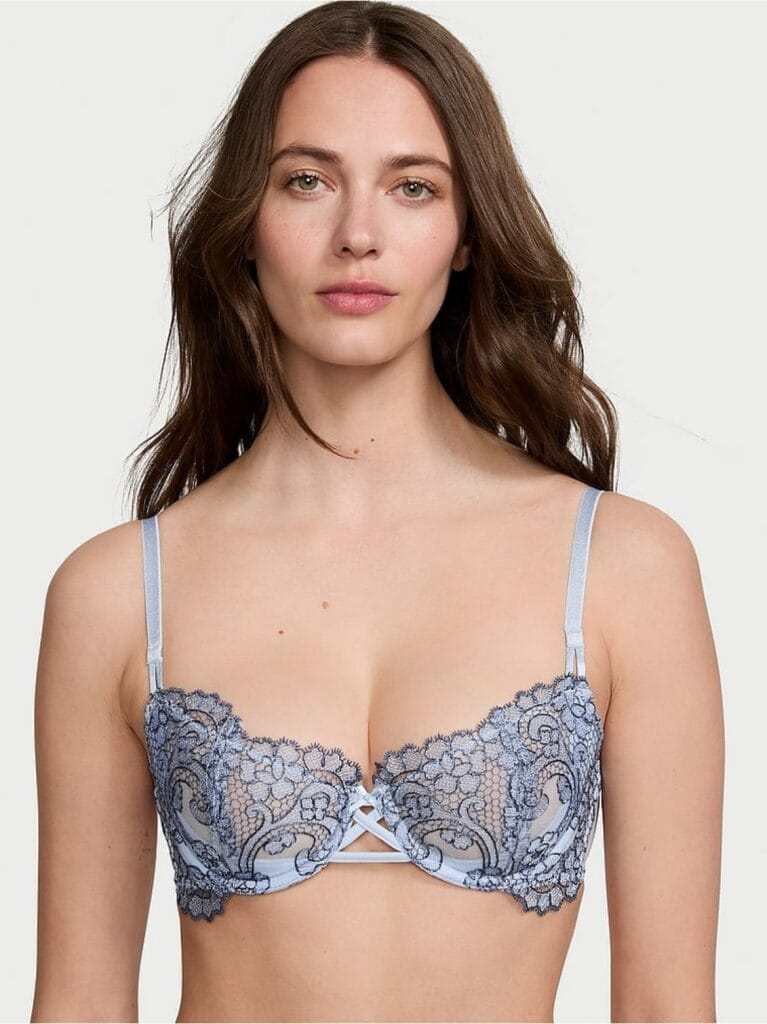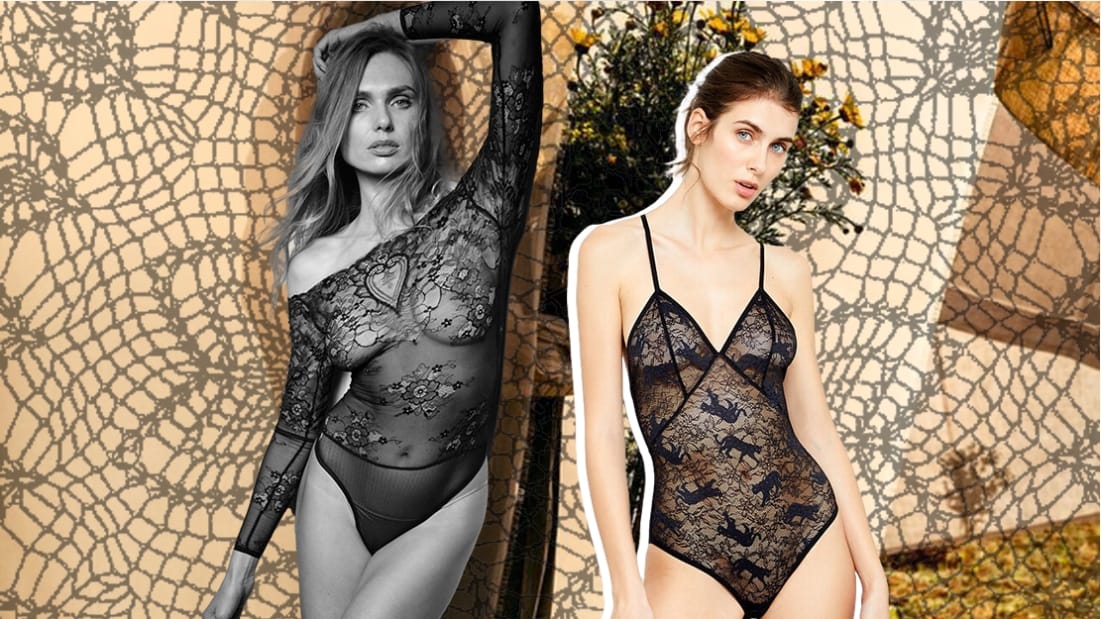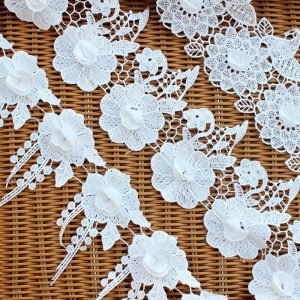Underwear, often seen as a private and utilitarian garment, has a rich history in Europe that reflects both societal norms and evolving concepts of comfort, fashion, and modesty. What began as a functional piece of clothing to provide protection and support has gradually evolved into an essential part of fashion and personal expression. This article traces the evolution of European underwear, from ancient times to modern-day designs, highlighting key milestones in its development.
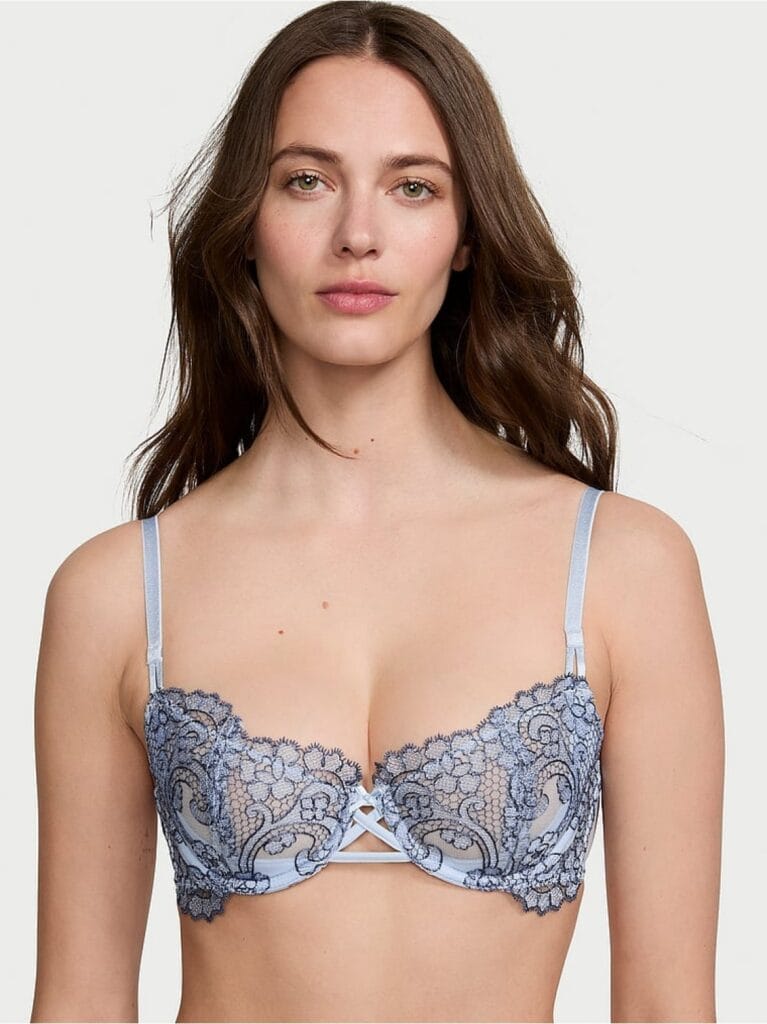
The history of European underwear can be traced back to ancient civilizations, though the concept of "underwear" as we know it today did not exist. In ancient Greece and Rome, for example, men and women wore simple garments close to the skin for practical reasons. These early garments were designed primarily for modesty and comfort.
Ancient Greece and Rome: In ancient Greece, women wore a basic undergarment called the "strophium," a band of cloth that was wrapped around the chest, similar to what we would consider a modern bra. Roman men wore a simple loincloth called a "subligaculum" beneath their tunics, while women wore a similar garment known as a "tunica interior." These pieces served the dual purpose of providing modesty and comfort, especially in the hot Mediterranean climate.
Middle Ages (5th–15th Century): During the medieval period, the concept of underwear as an intimate garment started to emerge. Women and men typically wore a basic undergarment called the "chemise" or "shift." This loose, tunic-like garment was worn underneath the outer layers of clothing, providing a barrier between the skin and rough outer fabrics. The primary purpose was protection, as fabrics like wool and linen could be uncomfortable directly against the skin. Men also wore simple loincloths, which were similar in function to the Roman subligaculum.
By the Renaissance, the concept of underwear began to shift from purely functional garments to more structured, fashionable items. The increasing complexity of outer clothing, such as corsets, hoop skirts, and elaborate gowns, required new undergarments designed to support and shape the body.
Corsetry: The most significant development in European underwear during the Renaissance was the rise of the corset. Originally worn by men as part of their doublet (a close-fitting jacket), corsets became a fundamental part of women’s attire by the 16th century. Made from materials like whalebone, leather, or metal, corsets were designed to shape the waist and chest into the desired silhouette. The fashion for a small, tightly cinched waist became a symbol of femininity, and corsets remained the dominant form of women’s underwear for several centuries.
Stockings and Garter Belts: During this period, stockings were worn by both men and women, often held up by garters. These garments were made of silk or wool and were worn under skirts or trousers to keep the legs warm and modest.
The 18th century continued the trend of structured undergarments, with the emphasis on creating a highly stylized and exaggerated silhouette. Fashion during this time was opulent and extravagant, especially at the French court, where the latest trends in underwear were first adopted.
Panniers and Bustle Pads: Women’s undergarments during the 18th century included wide petticoats called "panniers," which gave dresses an exaggerated side-to-side shape, often referred to as the "wide" silhouette. These garments, supported by hoops or whalebones, required additional layers of foundation garments to support the structure of the dress. Underneath the panniers, women would also wear multiple layers of chemises and stays (early corsets).
The Shift to More Form-Fitting Designs: During the late 18th century, as social changes occurred, the corset began to evolve into a less rigid form. This shift signified a more natural, yet still structured, approach to women’s undergarments, moving away from the extreme tight-lacing of earlier periods.
The 19th century was a pivotal period for the evolution of European underwear. The Industrial Revolution led to technological advancements in textile manufacturing, making clothing more affordable and accessible to the middle class. This democratization of fashion also led to significant changes in underwear design and function.
The Victorian Era and the Hourglass Shape: Victorian fashion, particularly during Queen Victoria’s reign (1837–1901), maintained an emphasis on the idealized female form, which was achieved through tightly laced corsets and other support garments. Women's underwear consisted of several layers, including chemises, corsets, petticoats, and bloomers. The hourglass shape created by the corset, with a tightly cinched waist and full hips, was considered the epitome of femininity during this time.
The Advent of the Bustle: The mid-19th century saw the introduction of the bustle, a device worn beneath a woman’s skirt to emphasize the back of the body, creating a pronounced rear profile. The bustle was worn in addition to the corset and petticoat and was often made of steel or whalebone.
Underwear for Men: Men’s underwear also evolved during this period. Early versions of underpants, similar to modern-day briefs, began to appear in the form of "union suits," which were one-piece garments worn by men to cover the torso and legs. These garments were made from wool or cotton and were primarily worn for warmth and comfort.

The early 20th century brought significant changes to European underwear, particularly with the decline of restrictive garments like the corset. The liberation of women’s fashion coincided with broader social changes, including the suffrage movement and the shift toward more practical and comfortable clothing.
The Decline of the Corset: By the 1910s and 1920s, the corset began to fall out of fashion, replaced by the more relaxed "brassiere," a garment designed to support the breasts without the rigid structure of the corset. The brassiere was often made from softer materials such as cotton or silk and was designed to enhance natural body contours.
The Birth of the Modern Underwear: During the 1920s, women's underwear became more streamlined, reflecting the relaxed, more androgynous fashions of the era. The flapper style, with its loose, straight silhouette, required minimal undergarments. The first practical, functional bras and panties were introduced, often with lace or silk trims for a touch of elegance.
Men’s Underwear Gets a Makeover: Meanwhile, men’s underwear evolved from the long union suits into the modern briefs. The introduction of boxer shorts also occurred during this period, influenced by athletic wear and the rise of sports culture.
The mid-20th century saw a rise in the fashion potential of underwear, with iconic designers and brands contributing to the global appeal of European-made undergarments.
The 1940s–1950s: The Rise of Lingerie as Fashion: After World War II, the idea of lingerie as something that could be both functional and glamorous began to take hold. Designers like Christian Dior and Jean Paul Gaultier brought attention to the aesthetics of lingerie, designing bras, girdles, and panties that became essential elements of women’s fashion.
The 1960s–1980s: The Sexual Revolution: The cultural changes of the 1960s and 1970s, especially the sexual revolution, led to a new attitude toward undergarments. Lingerie became a symbol of both sensuality and empowerment. This era also saw the introduction of innovations in materials, including stretch fabrics, which allowed for more comfort and flexibility in underwear design.
The 1990s–2000s: Designer Lingerie and the Rise of Branding: By the late 20th century, underwear had become a major part of global fashion. Brands like Victoria’s Secret, Calvin Klein, and Agent Provocateur made lingerie a significant part of mainstream culture. European designers continued to push boundaries, creating lingerie collections that reflected the latest fashion trends, while also focusing on comfort and inclusivity.
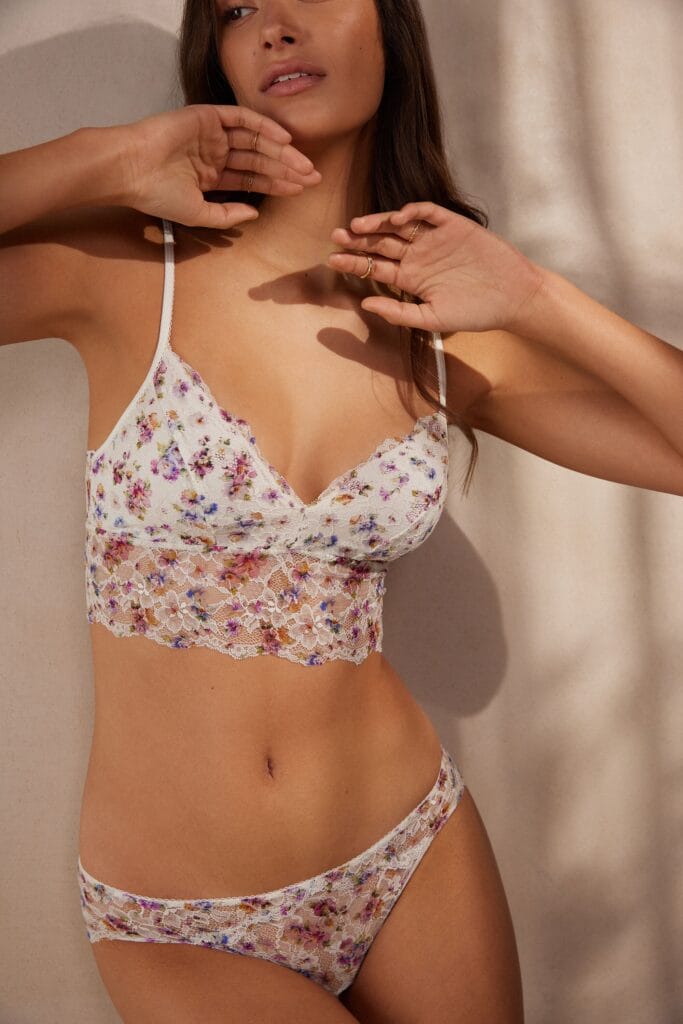
Today, European underwear continues to evolve, driven by innovations in fabric technology, sustainability, and inclusivity. Designers are focusing on creating undergarments that prioritize comfort, functionality, and body positivity.
Sustainable Practices: With a growing demand for eco-friendly products, many European brands are embracing sustainability. Materials such as organic cotton, recycled fabrics, and biodegradable lace are becoming more common in underwear collections.
Body Positivity and Diversity: The modern underwear industry is increasingly inclusive, with European brands offering a wide range of sizes, styles, and designs to cater to diverse body types and identities. Brands are embracing diversity in their advertising and product lines, reflecting the changing attitudes toward body image and self-expression.
The history of European underwear is a fascinating journey that reflects changes in society, fashion, and technology. From the practical and modest garments of ancient times to the glamorous and functional pieces of today, underwear has evolved from a simple necessity to a vital component.
